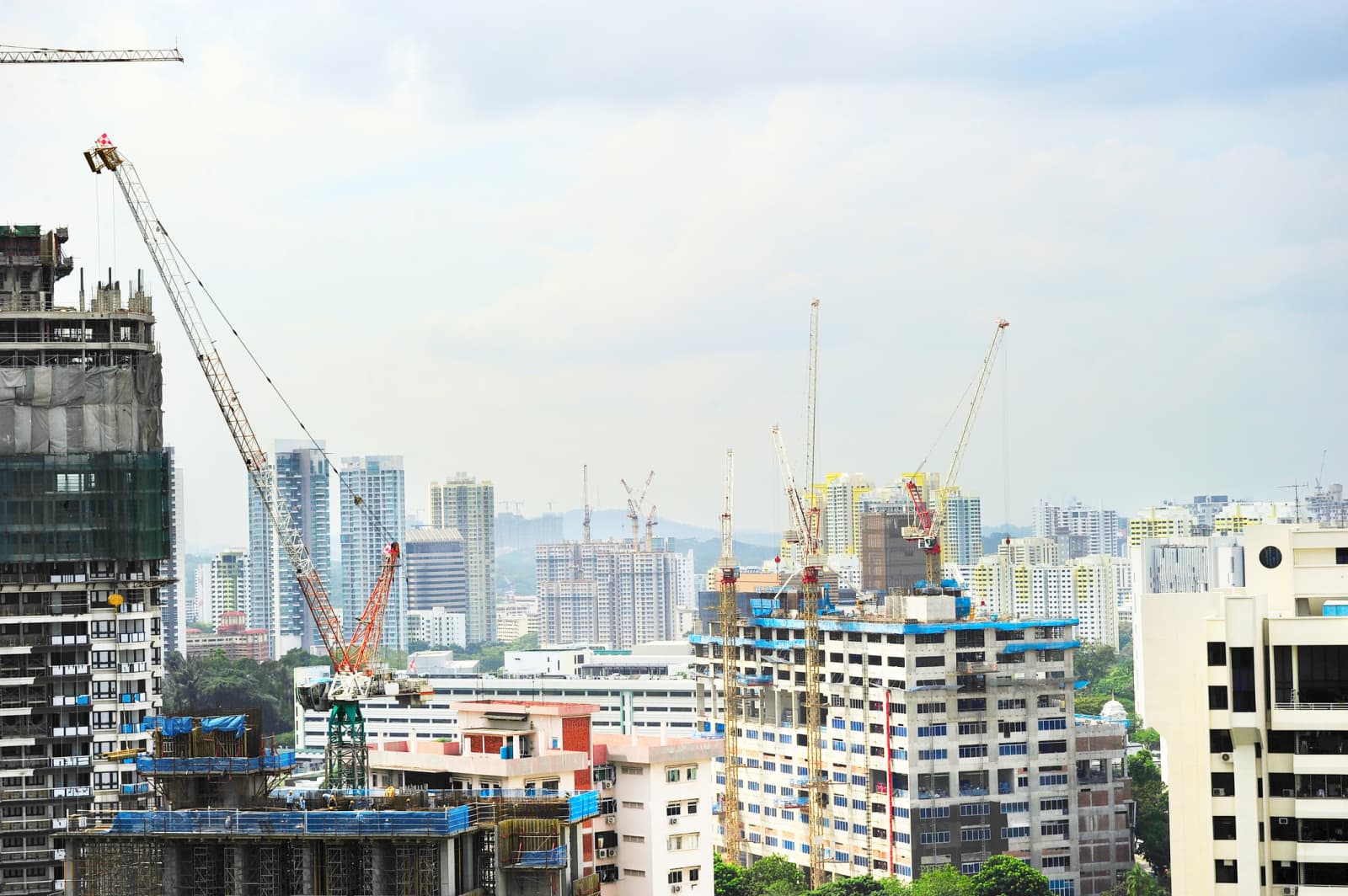It will come as no surprise to our readers that rise of housing prices and the pace of real estate development have slowed in recent years. MAS has been implementing measures to reign in rapidly rising home prices in the country. While this has had some impact on housing prices as housing prices have been declining since 2013, we are still at a historically high level as you can see in our chart below. Why is this the case? As with any market, price of properties in Singapore is influenced by supply and demand of residences. It turns out that as MAS has introduced measures to subdue the demand for properties in Singapore, this move has also met with a reduction in home supply growth: according to our study, home construction is at the lowest point for the last 10 years since 2007. As you look for landed residential property within Singapore, what are some trends you should be aware of? We’ve compiled some of the best statistics on the housing market in this article so you can make an informed buying decision.

The Pace of Home Construction
In the fourth quarter of 2016, just 1,075 landed residential properties were under construction in Singapore. This was down significantly from the construction boom of 2012 and 2013 when roughly 2,000 landed residential properties were under construction on a quarterly basis. The fourth quarter of 2016 saw the slowest landed residential construction pace observed since 2007. With declining home prices & demand for properties, construction companies seem to be reluctant to increase their construction projects. Simply put – we should expect less new houses coming in the market for the foreseeable future.

Planned Construction
We observed this trend not just in properties under-construction, but also in the number of planned construction. While the current pace of residential property construction is an indicator of the current market dynamic & expectations, the best long-term indicator into the housing market is the quantity of planned residential construction projects. Because this figure includes any landed residential properties which have received written or provisional permission to begin construction, it gives us an idea of how the property market will develop 5 years down the road.

In the fourth quarter of 2016, just 277 landed residential properties were in the planning phase. This is down 92% since the peak in 2007, down 82% since 2013, and is the lowest quarterly figure since 2007.
If you compare the two charts shown in this article, you will notice that planned residential construction peaked in 2008 while the quantity of construction projects underway peaked in 2013. This suggests that there is a 5-year lag between when projects are approved for construction and when projects finally break ground. If we use this as a guide stick for what the future may hold – it means that new home construction and supply of new residences coming into the market will remain significantly depressed for the next 5 years.
What is Driving This Slow Down in New Construction?
The biggest factor driving the slowdown in new residential construction has been several property curbs, put in place by the Monetary Authority of Singapore, which have a stated goal of reducing property speculation. This has largely been done by making it more difficult for consumers to obtain home mortgage loans. As consumer demand has slowed down for new homes, so to has the pace of new construction to meet this demand.

What MAS cannot control, however, is how the supply of homes react to its policies. Although MAS wanted to reduce property prices, this simultaneously damped developer’s appetite to build more apartment complexes. Prices only fall when the supply holds steady while demand is falling. When both supply and demand fall at the same time, prices tend to remain relatively stable.
What Does This All Mean For Consumers?
while we are not keen to speculate on housing price trends, what is clear is that there won’t be many newly constructed homes available for the foreseeable future. If you are looking for a home in a new building, it may be wise to purchase this home sooner rather than later. With just 277 residential landed properties in development, it is not unreasonable to think that the quantity of landed residential properties available for sale will effectively remain unchanged during 2017 and 2018. The quantity of landed residential properties is truly the supply-side of the landed residential housing market in Singapore. As the supply stagnates, it may even be possible for housing prices to begin to rise if and when demand outpaces this supply. Like any market, supply and demand will dictate future prices and the pace of new construction is a critical component.
The article Home Construction at the Lowest Point Since 2007 originally appeared on ValuePenguin.
ValuePenguin helps you find the most relevant information to optimise your personal finances. Like us on our Facebook page to keep up to date with our latest news and articles.
More From ValuePenguin:
Source: ValuePen

